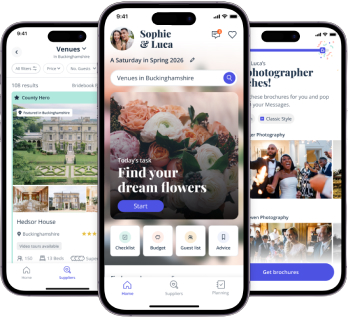Which Finger Does an Engagement Ring Go On?

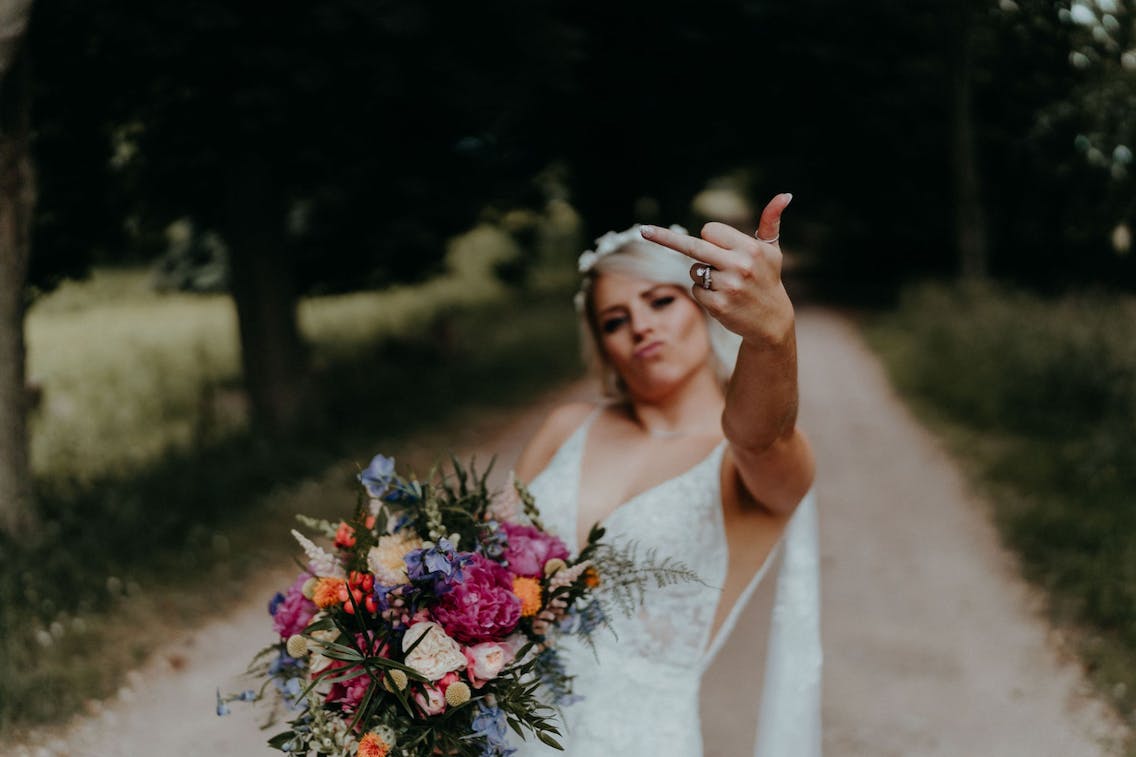
When your fiance gets down on one knee and asks you the question, which finger do you present them with so they can give you your gorgeous new ring? Or if you’re the one proposing, how do you know which is the right finger? The last thing you want to do at that moment is place the ring on the wrong one.
When it comes to which finger is the right one for an engagement ring, there are actually a lot of questions that surround it. Why is that finger on that hand commonly used in some countries but not others? Why is it usually that finger? Do you have to wear the wedding ring on the same finger as the engagement ring or can they be worn separately?
The great thing is, just like your marriage itself, there are no set rules when it comes to your engagement ring. But there are traditions you might want to stick to. So how do you know what’s right for you?
In this post, we’re going to take a look at everything to do with wearing an engagement ring. We’ll go over the history, which countries traditionally wear an engagement ring on different hands and what you can do if you’re just not that into wearing a wedding ring.
What is meant by a ‘ring finger’?
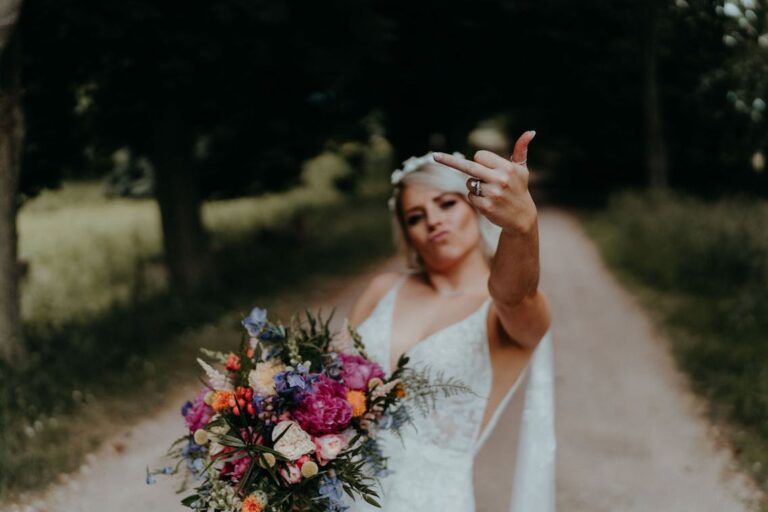
The ring finger is the name given to the finger where you would traditionally wear your wedding and/or engagement ring, which is the finger beside your little finger on your left hand (in the UK). So commonly are rings worn on this finger that it has been named with this in mind. There’s even evidence of hieroglyphics wearing a ring on this finger to symbolise love and marriage.
In ancient times, it was believed that this finger had a vein that ran directly to the heart. That way, when both halves of a couple wear a ring it forever connects the two hearts. While we know a lot more about the human body these days, this wedding tradition is easily the one that has withstood the tests of time the longest.
Which hand do you wear an engagement ring on?
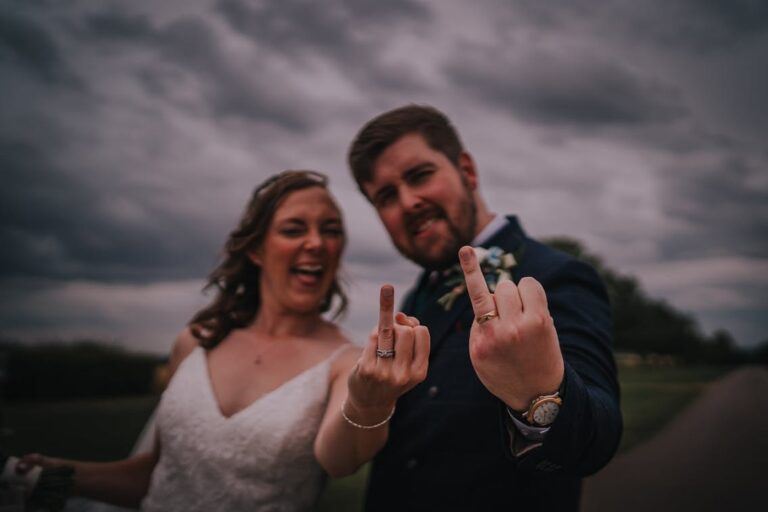
In the UK, it’s traditional to wear an engagement ring on the left hand. This is the same as the wedding ring once you and your partner get married. That being said, which hand you traditionally wear an engagement ring on can vary depending on where you are in the world.
Which countries wear an engagement ring on their left hand?
Countries where people wear wedding and engagement rings on their left hand include:
- UK
- USA
- Austria
- France
- Germany
- Sweden
- Czech Republic
- Romania
- Portugal
- Turkey
- Ireland
Which countries wear an engagement ring on their right hand?
Countries where people wear wedding and engagement rings on their right hand include:
- Spain
- Russia
- Switzerland
- Greece
- India
- Norway
- Denmark
- Colombia
- Bulgaria
- Belgium
- Poland
Which is the right finger to wear an engagement ring on?

As we’ve already covered, the right finger to wear your engagement ring on is the ring finger on either your left or right hand (depending on where you live). But, the right finger for you is something else entirely.
Can you wear an engagement ring on any finger?
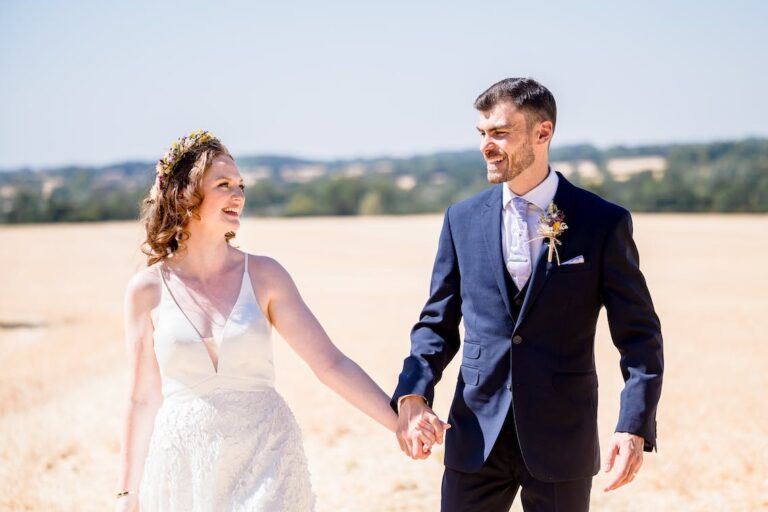
Yes, you can wear your engagement ring on any finger you choose – you might even want to wear it on your thumb if that’s something that appeals to you. Wearing a ring on the ring finger has been a tradition since ancient Greek and Roman times, but traditions aren’t for everyone – if that includes you, then just wear your ring on any finger you like.
Do you wear your engagement ring on the same hand and finger as your wedding ring?
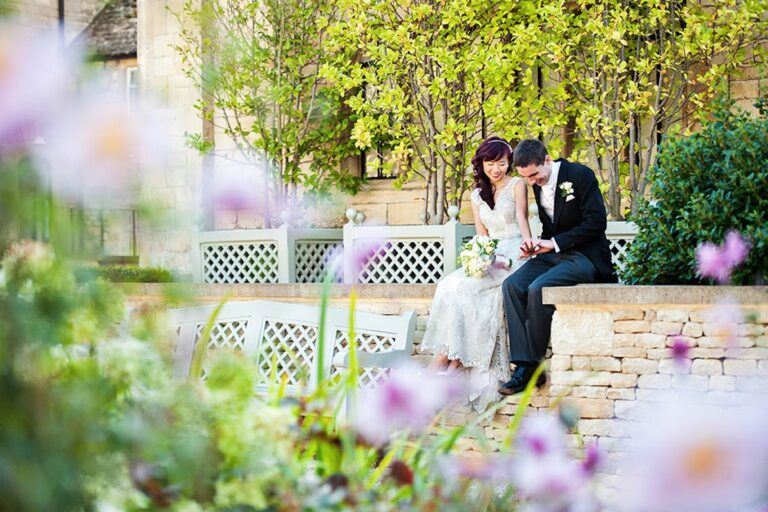
Many people choose to wear their engagement ring on the same hand and finger as their wedding ring, but again, whether you choose to do this or not is entirely up to you. There are plenty of variations you can go for, such as:
- Wear your engagement ring and wedding ring on the same finger
- Wear your engagement ring and wedding ring on the same hand but on different fingers
- Wear your engagement ring on the ring finger of your left hand and wedding ring on the ring finger of your right hand (or vice versa)
You might even choose to wear both rings on different hands and on different fingers. Whatever you feel comfortable with and makes you happy is exactly the combination you should go for.
Can you wear your engagement ring and wedding ring every day?
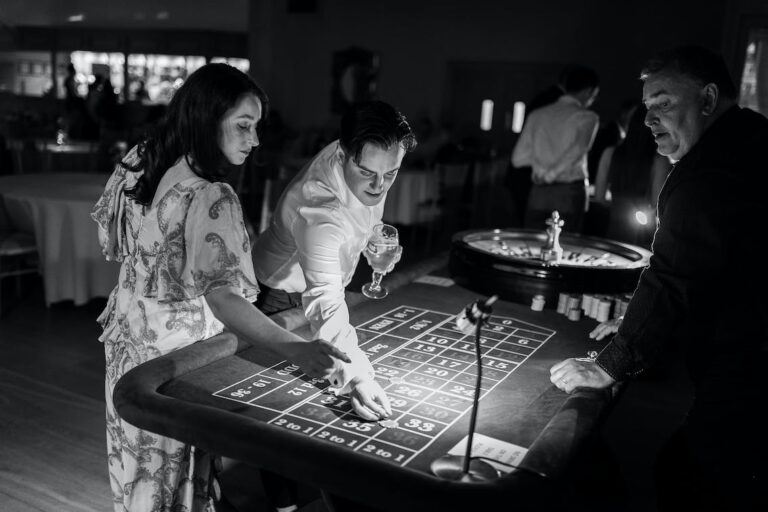
Many couples choose to wear their wedding rings and engagement rings every day as it helps them feel close to their partner even when they’re apart.
Couples spend an average of £1,000 on their wedding rings and £1,978 on an engagement ring. This is often more than enough to ensure a high-quality metal, such as platinum or gold, which is super durable and can withstand lots of wear and tear. Over time your rings will suffer minor scuffs and scrapes – unfortunately, it’s unavoidable with any type of jewellery you might wear. If this is a concern, you might not want to wear them constantly, but for many, it’s worth it to ensure they always have that close connection to their spouse.
One thing some couples do is take off their rings when they get home and store them somewhere safe until they’re ready to leave the house again. This can slow some of the wear and tear – just make sure you always keep your rings in the same spot so you don’t have a moment of panic when you forget where you put them.
What if you have a promise ring?
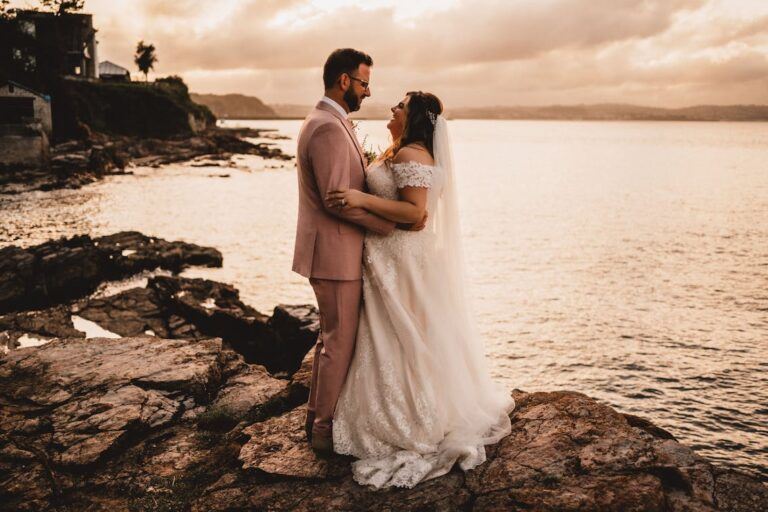
If you have a promise ring, should you wear this alongside your engagement ring and wedding ring? There are two common options for couples who have promise rings:
- Switch the promise ring for the engagement ring
- Wear each ring on the same finger
- Wear the promise ring on a different finger
There’s nothing wrong with wearing all three rings on the same finger, but if you have too many rings (especially if they’re thick or have larger stones) you may find it gets a little crowded. It’s not exactly comfortable if you have a ring too close to the knuckle, so whatever you choose to do make sure you can bend your finger and it’s not too restrictive.
Can you wear your engagement ring and wedding ring on different fingers?
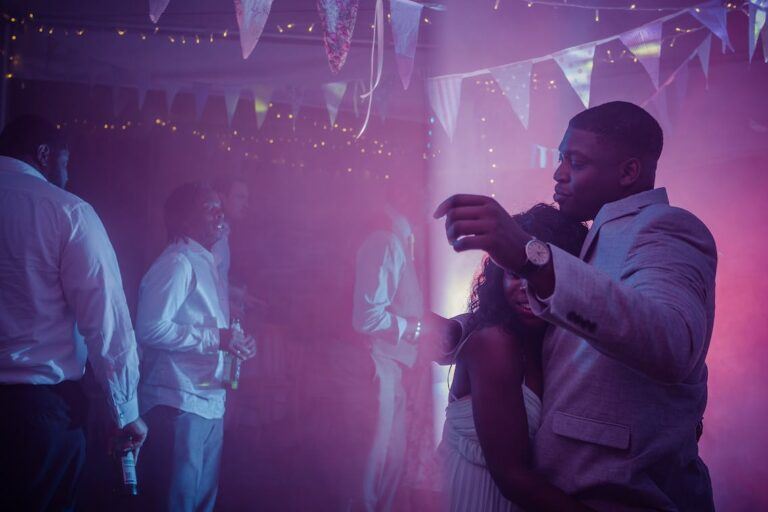
Yes, however you like to wear your engagement ring and wedding ring is entirely up to you. While the tradition is to wear them together on the ring finger, that doesn’t mean it’s something you have to stick to. Wearing a ring is hugely personal, and what it represents is between you and your partner. So what if someone looks at your hand and doesn’t realise you’re married or engaged just because you wear your rings on different fingers? You do you and don’t let anyone else influence your decision.
Which ring goes on first, the engagement ring or the wedding ring?
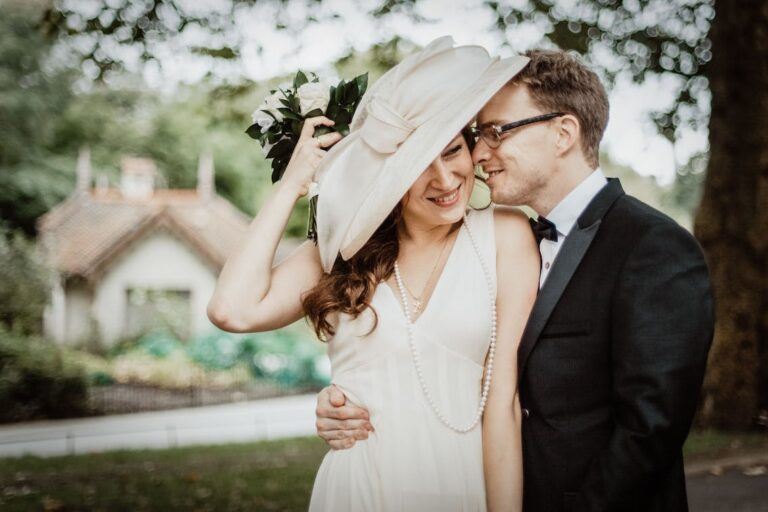
Traditionally, once you’re married you would wear your wedding ring first, then your engagement ring. That way, your wedding ring is closer to your heart.
But, just like with every tradition we’ve covered in this article, it’s not something you should feel obliged to stick to.
Do you have to wear an engagement ring or wedding ring to get married?
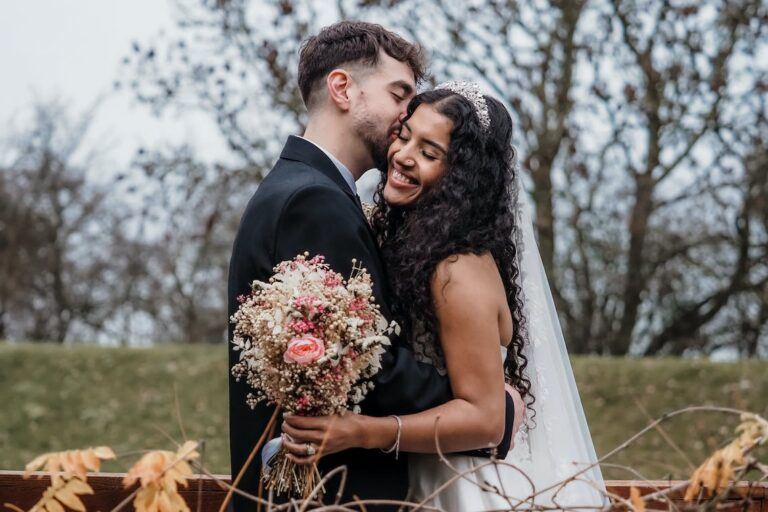
No, there’s no kind of law that states you have to wear a ring when you’re married. It’s a symbolic gesture that shows your love and commitment to one another. But, if you don’t like to wear rings, you don’t have the budget or you’re not a fan of jewellery in general, it’s absolutely fine if you choose not to wear a wedding or engagement ring at all.
If you’re not sure you want to wear a ring, read our post on wedding ring alternatives for a little inspiration.
How do you measure your ring finger?
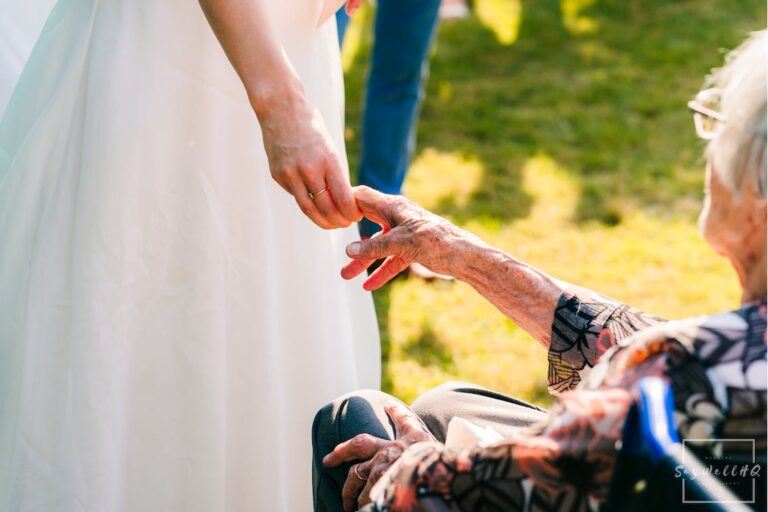
To make sure your wedding and engagement rings are the right size and fit comfortably on your finger, it’s important to get the finger you intend to wear your ring on measured. This has to be done accurately if you want to prevent your ring from being too tight or, even worse, slipping off and getting lost.
There are several ways you can measure your ring finger:
- Wrap a piece of string or tape around your finger and mark where it meets with a pen, which you can then measure with a ruler.
- You can buy a ring sizer for around £5 from Amazon.
- Your local jewellery store can do this for you.
- Use a printable ring sizer.
What do jewellery experts say about which finger to wear your engagement ring and wedding ring on?
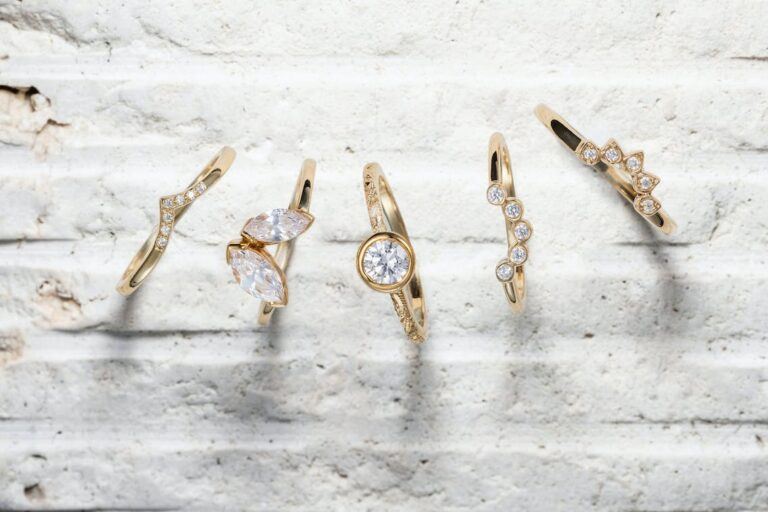
When it comes to choosing the finger for your engagement ring and wedding ring, we spoke to Ruby McGonigle from Lebrusan Studio, a leading London-based ethical jewellery designer. Ruby recommends the following flexible approach:
“Your sentimental rings don’t need to mirror your partner’s in metal or design, nor do they need to be worn on your left ring finger. Many European nations – including Norway, Germany, Denmark, Latvia, Poland and Spain – look to the right hand as the ideal spot for the engagement ring and wedding band. This is because it’s used for oaths and vows, inherently symbolising honour and trust.
Though many people enjoy wearing their engagement rings and wedding bands together on the same finger in a unique stack, there’s no rule that states this is a must. Your engagement ring, wedding band and commitment rings are precious pieces of jewellery, and if you don’t fancy forcing them to share space then the freedom is yours to wear them however and whenever you like! For practical reasons, some opt only to wear their engagement ring on special occasions. Others might wish to secure it a special everyday spot over on the right ring finger once the wedding band comes along. Some might not wear their rings on their fingers at all, but instead hang them with pride on a necklace.
All in all, just like your unique love story, the choice is all yours.”
Plan your dream wedding with Bridebook
Getting engaged is such a romantic and exciting time, with so many things to think about, plan, and choose. Sign up to Bridebook today to use our free wedding planning tools and use our expert knowledge to answer all your questions.
Browse other similar articles…
- How Much Do Wedding Rings Cost? The 2023 Average Revealed
- How Much Does an Engagement Ring Cost? The Average Couples Spend in 2023
- 20 Things to Do After You Get Engaged: The Complete Step-by-Step Guide
- How to Announce Your Engagement: 20 Top Tips and Ideas
Happy Planning!

